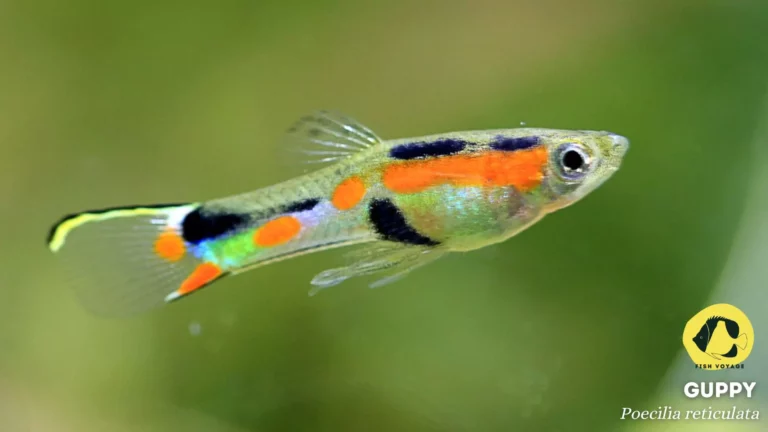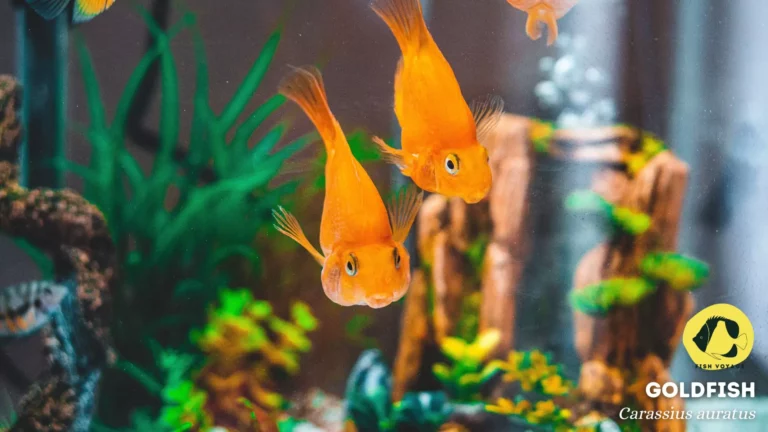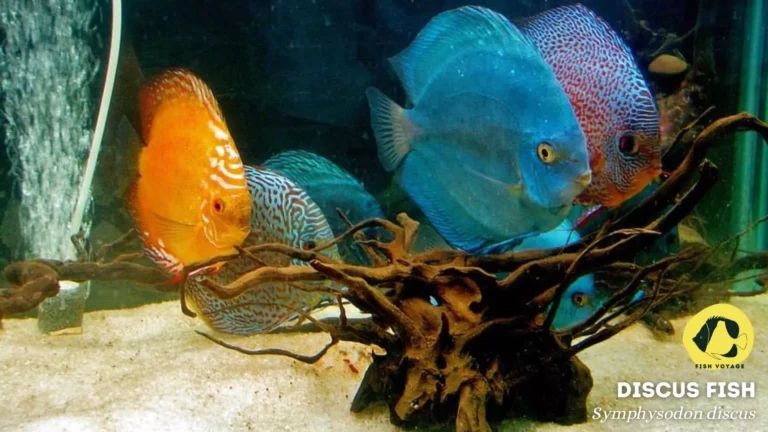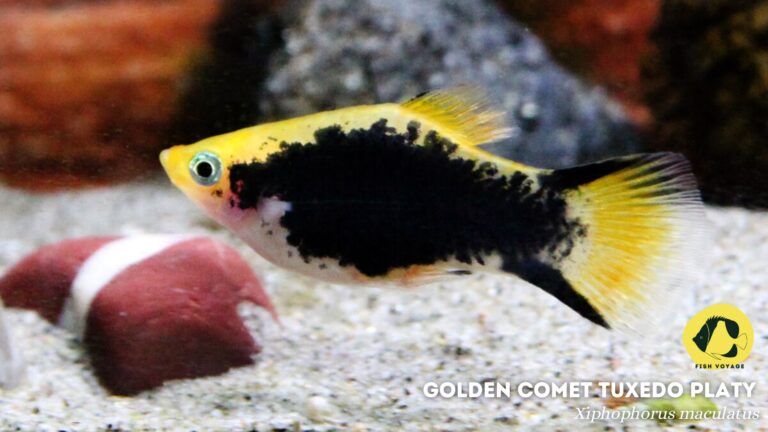How to Cure Swim Bladder in Goldfish?
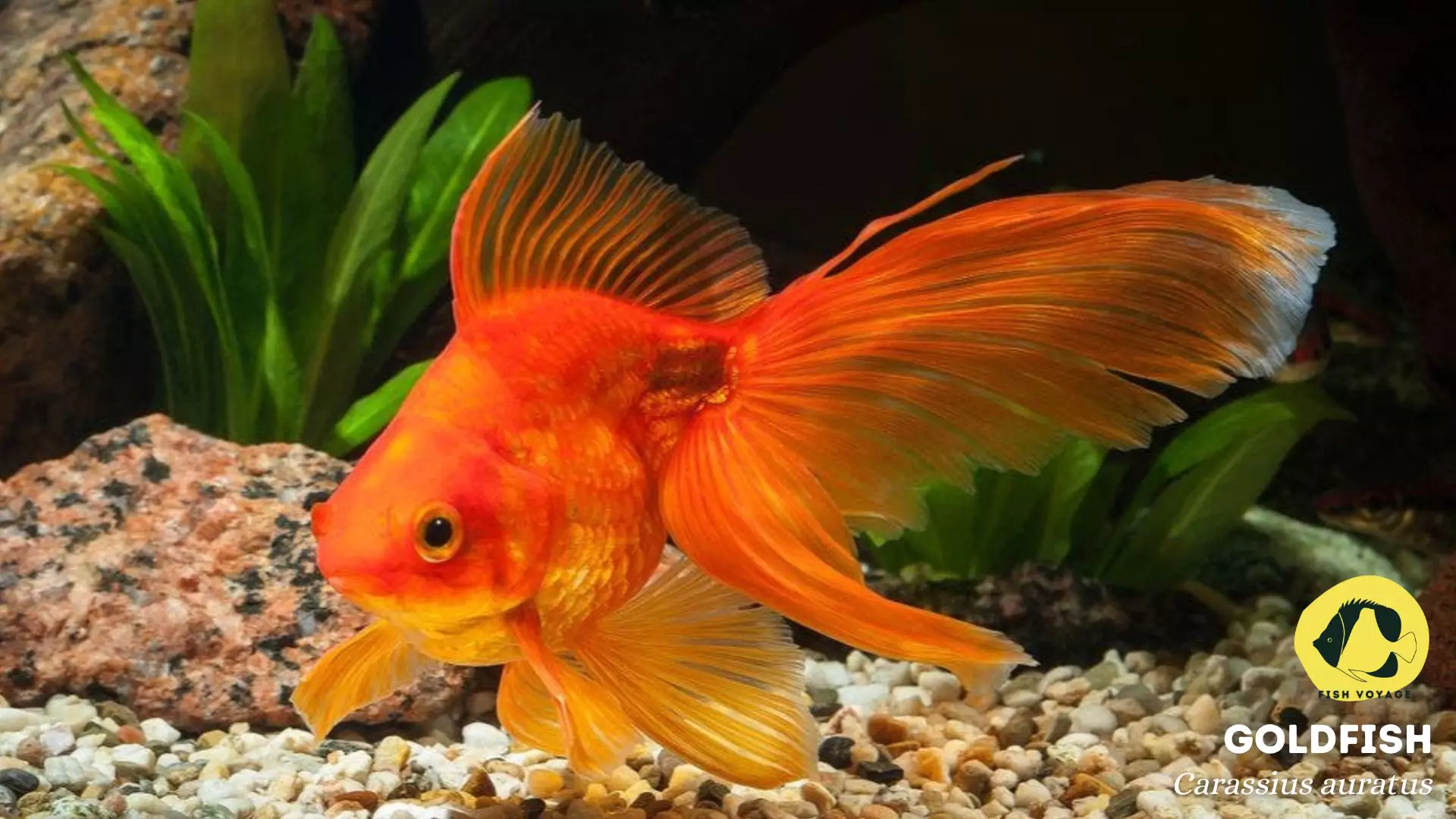
Introduction
In the aquatic world of goldfish care, understanding the intricacies of the swim bladder is paramount. The swim bladder serves as a buoyancy organ, enabling these majestic creatures to control their position in the water with finesse. Maintaining the health of a goldfish’s swim bladder is not merely a matter of aquatic physiology; it is a fundamental aspect of responsible pet ownership. A balanced swim bladder ensures the well-being of the goldfish, allowing it to navigate its watery environment effortlessly. Unfortunately, swim bladder issues can arise, stemming from factors such as overfeeding, poor dietary choices, and genetic predispositions. In this guide, we delve into the nuances of swim bladder health, shedding light on its significance and offering insights into preventing and remedying common issues that goldfish enthusiasts may encounter.
Understanding Swim Bladder Disorder
The Swim Bladder: A Key to Equilibrium
At the core of a goldfish’s aquatic grace lies the swim bladder—a remarkable organ essential for buoyancy and control. This air-filled sac allows goldfish to regulate their depth within the water, facilitating seamless movement and graceful navigation. Imagine it as their buoyancy control center, finely tuning their equilibrium in the aquatic realm.
Decoding Swim Bladder Disorder
When this delicate balance falters, goldfish may exhibit signs of swim bladder disorder, a condition that disrupts their natural buoyancy. Identifying these symptoms is crucial. Common indications include erratic swimming patterns, a tilted body, or floating issues. As responsible stewards of these aquatic companions, recognizing these subtle changes becomes a vital skill.
The Imperative of Early Intervention
Early detection of swim bladder issues is akin to a timely compass correction. Swift acknowledgment of abnormal behaviors allows for proactive measures, preventing the exacerbation of the condition. Prompt action might involve adjustments to diet, water conditions, or other remedies. By understanding the nuances of swim bladder disorder, we empower ourselves to intervene effectively, fostering the health and well-being of our cherished goldfish companions.
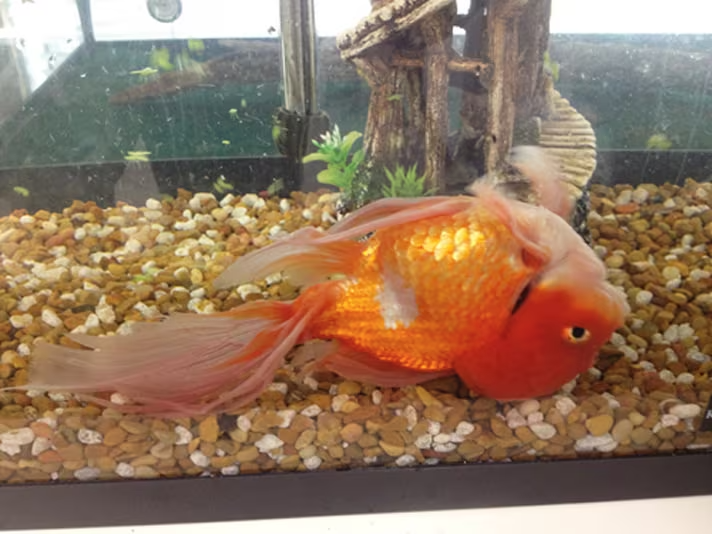
Causes of Swim Bladder Disorder
Overfeeding and Diet-Related Issues: Nourishment in Moderation
Goldfish, in their underwater kingdom, are not immune to the perils of overindulgence. Overfeeding, often fueled by the best intentions of pet owners, can lead to diet-related swim bladder disorders. Excessive consumption disrupts the delicate balance, emphasizing the need for moderation and a discerning approach to their dietary needs.
Constipation and Its Subtle Impact: Balancing Digestive Health
Constipation, seemingly innocuous, can cast a shadow on the health of a goldfish’s swim bladder. A diet rich in indigestible substances may impede the digestive process, affecting buoyancy. Recognizing the importance of a fiber-balanced diet and addressing constipation promptly stands as a preventive measure against swim bladder complications.
Water Quality: A Crucial Contributor
The aquatic environment, though fluid, demands meticulous attention. Water quality plays a pivotal role in the well-being of goldfish and their swim bladder function. Poor water conditions, marked by imbalances in pH, ammonia, or nitrate levels, can contribute to swim bladder issues. A commitment to pristine water parameters becomes a cornerstone of preventive care.
Genetic Factors: Unraveling Predispositions
In the intricate tapestry of goldfish genetics, predispositions to swim bladder disorders may be woven. Understanding the hereditary aspects allows us to navigate the care landscape more adeptly. While genetic factors are beyond our immediate control, awareness empowers us to tailor care routines and make informed decisions in breeding practices, fostering a healthier aquatic lineage.
Diagnosing Swim Bladder Issues
Observational Signs: Reading Aquatic Cues
Navigating the subtleties of swim bladder issues begins with a keen eye for behavioral cues. Observational signs, such as erratic swimming, floating irregularities, or a tilted body posture, serve as the language of discomfort in our goldfish companions. A conscientious observer can unravel these aquatic narratives, detecting deviations that hint at potential swim bladder challenges.
Distinguishing from Other Health Problems: Precision in Diagnosis
In the intricate tapestry of goldfish health, distinguishing swim bladder issues from other ailments requires a discerning approach. While swim bladder symptoms may share similarities with other health concerns, nuances in behavior and presentation guide the diagnostic process. This discernment ensures targeted interventions, addressing the root cause with precision and efficacy.
The Veterinary Consultation: Elevating Diagnostic Accuracy
For a nuanced and precise diagnosis, the expertise of a veterinarian becomes invaluable. Consulting with a professional ensures a thorough examination, potentially involving diagnostic tools to uncover underlying health issues. This collaborative approach, where aquarists and veterinarians work hand in hand, enhances the accuracy of diagnosis, enabling tailored treatment strategies for the specific needs of the goldfish in question.
Home Remedies for Swim Bladder Disorder
Fasting as a Reset: Nurturing Balance
Introducing a strategic pause in the goldfish’s culinary routine can often serve as a reset button for the swim bladder. Fasting, a methodical approach, allows the digestive system to recalibrate, easing the strain on the swim bladder. This intentional break in feeding provides an opportunity for the fish to expel excess gases and regain its aquatic equilibrium.
Dietary Adjustments: Nourishing for Recovery
A judicious adjustment in the goldfish’s diet is akin to tailoring a bespoke remedy. Opting for easily digestible and nutritionally balanced foods is paramount. Consider incorporating peas, daphnia, or specially formulated sinking pellets. The art of feeding extends beyond content to frequency; smaller, more frequent meals can aid in preventing overconsumption and promote digestive ease.
Temperature Regulation: Fine-Tuning Aquatic Ambiance
The temperature within the aquatic realm holds the key to the goldfish’s well-being, including swim bladder health. Moderate adjustments to the aquarium temperature can have a soothing effect, promoting metabolic activity and digestion. Striking a harmonious balance, within the goldfish’s optimal temperature range, fosters an environment conducive to recovery.
Epsom Salt Baths: Alleviating Constipation
In the arsenal of home remedies, Epsom salt baths emerge as a gentle yet effective tool. This external treatment aids in reducing swelling and alleviating constipation. By creating a bath with diluted Epsom salt, goldfish can benefit from the osmotic effect, potentially easing the passage of waste and contributing to the restoration of swim bladder functionality.

Preventive Measures
Proper Feeding Habits: Nurturing Wellness
In the culinary realm of goldfish care, the adage “less is more” rings true. Cultivating proper feeding habits and embracing portion control are pivotal preventive measures against swim bladder issues. Balancing nutritional needs with moderation ensures that the goldfish’s digestive system functions optimally, averting the pitfalls of overconsumption and potential swim bladder complications.
Aquarium Hygiene: A Haven for Health
Within the aquatic sanctuary, a clean and well-filtered aquarium is the cornerstone of preventive care. Regular maintenance, including water changes and filter upkeep, safeguards against the accumulation of toxins and contaminants. A pristine aquatic environment fosters overall health, reducing the likelihood of stressors that may contribute to swim bladder disorders.
Vigilant Monitoring: Reading Aquatic Signals
Being attuned to the nuances of fish behavior and health is akin to interpreting a silent language. Regular monitoring of swimming patterns, feeding behaviors, and overall vitality allows for the early detection of deviations—a preemptive strike against potential swim bladder issues. This vigilance enables swift intervention, ensuring the ongoing well-being of the goldfish community.
Genetic Considerations: Breeding for Resilience
In the intricate dance of goldfish genetics, informed breeding practices become a proactive shield against hereditary vulnerabilities. Careful consideration of genetic factors, including the selection of breeding pairs with robust swim bladder health, contributes to the resilience of subsequent generations. By integrating genetic awareness into breeding protocols, aquarists play a pivotal role in cultivating a lineage predisposed to swim bladder wellness.
When to Seek Professional Help
Signs of Unresolved Symptoms: Acknowledging Limits
Despite our best efforts in the realm of home remedies, there are instances when the resilience of swim bladder issues surpasses these measures. If observational signs persist or exacerbate despite conscientious application of remedies, it serves as a crucial signal to consider professional intervention. Recognizing the limits of home care underscores the importance of seeking the expertise of a veterinarian.
Consulting a Vet for Persistence and Severity: A Prudent Choice
In the face of persistent or severe swim bladder issues, the role of a veterinarian becomes paramount. While the aquarist’s dedication is commendable, professional guidance brings a level of precision and expertise that home remedies may not encompass. Consulting a vet is a prudent choice, ensuring a comprehensive examination and tailored treatment plan for the specific nuances of the goldfish’s condition.
Diagnostic Procedures and Treatment Options: A Vet’s Toolkit
Veterinarians possess a toolkit of diagnostic procedures to unravel the complexities of swim bladder disorders. From imaging techniques to thorough physical examinations, these professionals employ a multifaceted approach to pinpoint the root cause. Treatment options, ranging from specialized medications to targeted therapies, are tailored to the individual fish’s needs. A collaborative partnership between aquarist and veterinarian enhances the chances of a full and enduring recovery.
Conclusion
In the aqueous ballet of goldfish care, navigating the nuances of swim bladder health demands a symphony of knowledge and proactive measures. As we reflect on the intricacies explored in this guide, a recap of key points illuminates the path to maintaining the aquatic well-being of our finned companions. From recognizing early signs of swim bladder issues to implementing targeted home remedies, we’ve woven a tapestry of care strategies.
Emphasis on Proactive Care: The Guardian’s Role
Central to this narrative is the pivotal role of proactive care in nurturing swim bladder health. A conscientious guardian, armed with knowledge on proper feeding, vigilant monitoring, and genetic considerations, becomes the steward of an environment conducive to balance and vitality. By embracing preventive measures, aquarists embark on a journey of responsible care that transcends the immediate and safeguards the enduring well-being of their goldfish companions.
Encouragement for Responsible Pet Ownership: A Lifelong Commitment
In the realm of responsible pet ownership, the journey doesn’t conclude with the resolution of swim bladder issues; it extends into the ongoing commitment to holistic care. This journey involves not only the adept navigation of health challenges but also the celebration of the unique personalities and joys that goldfish bring into our lives. As we champion the cause of swim bladder health, let it serve as a testament to the enduring responsibility and unwavering dedication that define true guardianship in the aquatic realm.
Additional Resources
Reputable Sources for In-Depth Understanding
For those eager to delve deeper into the intricate world of goldfish care and swim bladder health, a wealth of knowledge awaits. Reputable sources such as aquatic veterinarian forums like Aquarium Co-op, and authoritative aquarium websites like Aquarium Science provide comprehensive insights. Explore these reservoirs of wisdom to augment your understanding and refine your stewardship skills.
Recommended Products and Tools: Nurturing Aquatic Wellness
In the pursuit of optimal goldfish health, the selection of products and tools becomes a crucial consideration. From nutritionally balanced fish foods to Precision Aquarium Thermometers, curated choices can significantly contribute to swim bladder wellness. Trusted brands offering Water Conditioners empower aquarists to address health challenges with efficacy and precision.
Navigate the aquatic landscape with confidence, armed with knowledge from authoritative sources and fortified by tools designed to elevate goldfish care. As you embark on this journey, consider these resources and products not just as aids but as companions in your commitment to fostering the health and happiness of your aquatic companions.
Frequently Asked Questions (FAQs)
1. What are the common signs of swim bladder issues in goldfish?
Identifying signs such as erratic swimming, tilting, or floating irregularities can indicate potential swim bladder problems. Observing these behaviors is crucial for early intervention.
2. Can swim bladder issues in goldfish be treated at home?
Yes, certain home remedies like fasting, dietary adjustments, and temperature regulation can be effective. However, professional veterinary consultation is recommended for persistent or severe cases.
3. How can I prevent swim bladder problems in my goldfish?
Prevention involves maintaining proper feeding habits, ensuring a clean aquarium environment, and monitoring fish behavior regularly. Genetic considerations in breeding practices also play a role in preventing hereditary issues.
4. When should I seek professional help for my goldfish’s swim bladder issues?
If home remedies fail to alleviate symptoms or if the condition persists or worsens, consulting a veterinarian is crucial. Vets employ diagnostic procedures and offer tailored treatments for a precise diagnosis.
5. Are there specific foods or products that promote swim bladder health in goldfish?
Yes, incorporating easily digestible foods like peas or daphnia into the diet can be beneficial. Additionally, reputable products, such as water conditioners and diagnostic tools, contribute to overall goldfish health.

